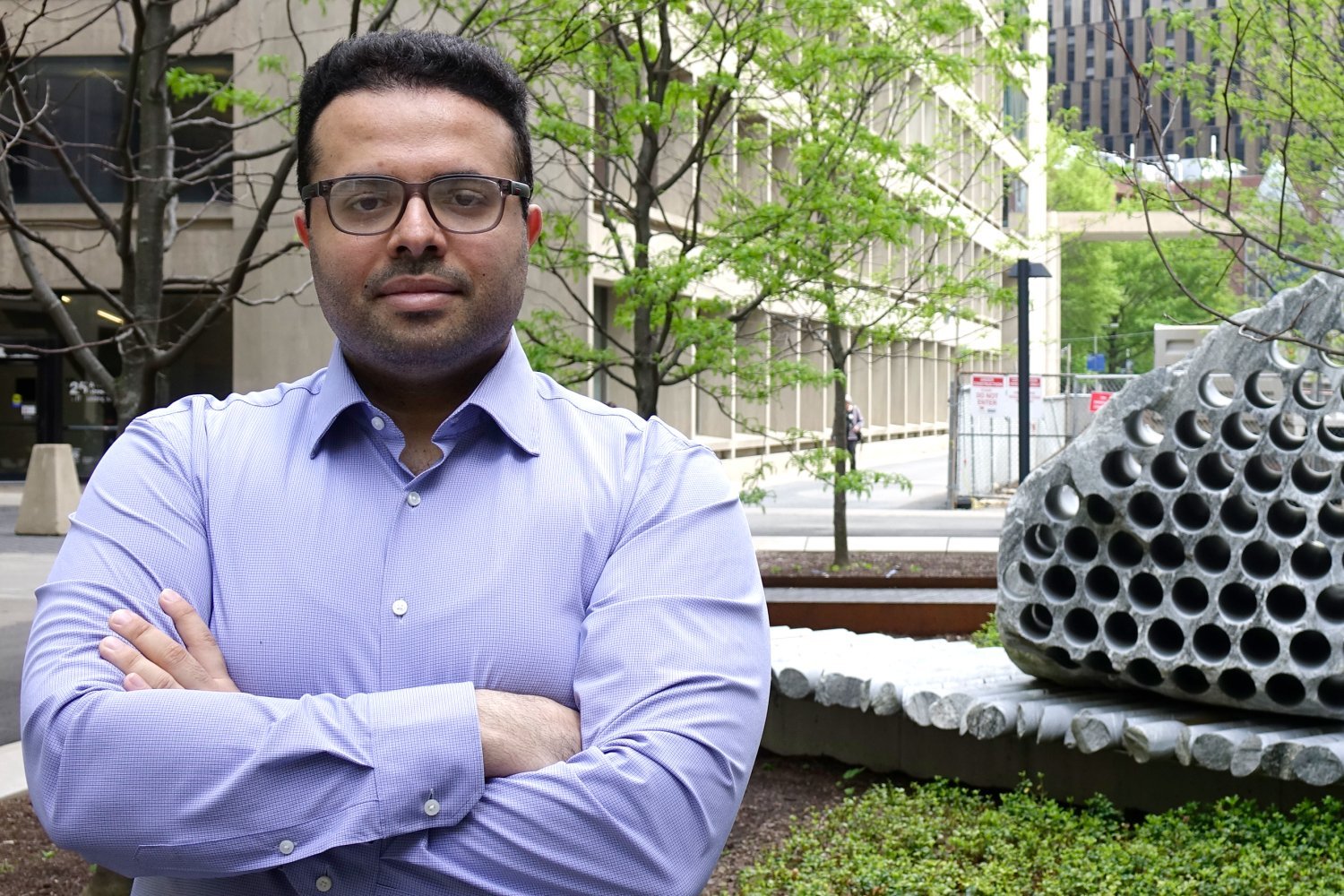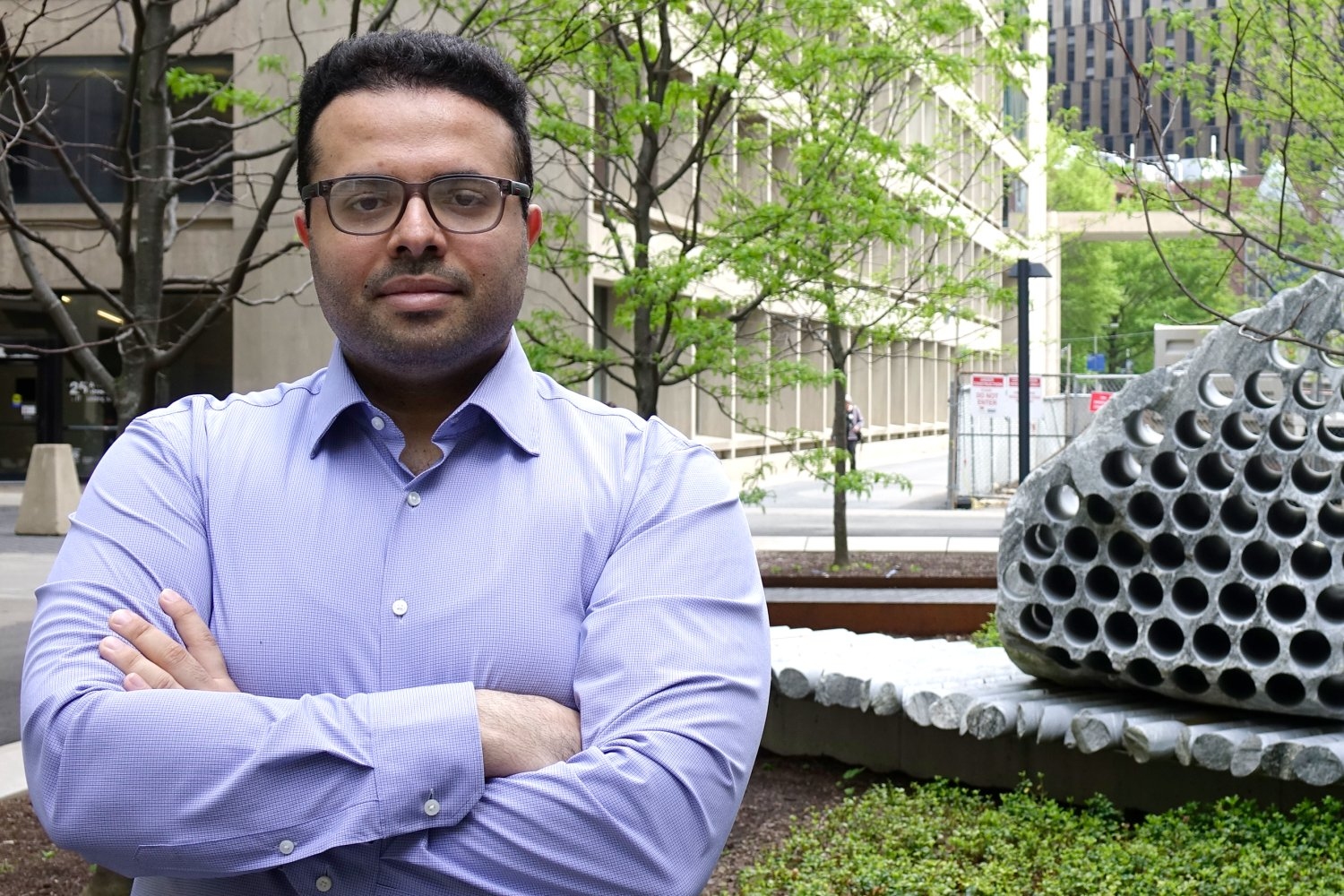

For weeks, the whiteboard in the lab was crowded with scribbles, diagrams, and chemical formulas. A research team across the Olivetti Group and the MIT Concrete Sustainability Hub (CSHub) was working intensely on a key problem: How can we reduce the amount of cement in concrete to save on costs and emissions?
The question was certainly not new; materials like fly ash, a byproduct of coal production, and slag, a byproduct of steelmaking, have long been used to replace some of the cement in concrete mixes. However, the demand for these products is outpacing supply as industry looks to reduce its climate impacts by expanding their use, making the search for alternatives urgent. The challenge that the team discovered wasn’t a lack of candidates; the problem was that there were too many to sort through.
On May 17, the team, led by postdoc Soroush Mahjoubi, published an open-access paper in Nature’s Communications Materials outlining their solution. “We realized that AI was the key to moving forward,” notes Mahjoubi. “There is so much data out there on potential materials — hundreds of thousands of pages of scientific literature. Sorting through them would have taken many lifetimes of work, by which time more materials would have been discovered!”
With large language models, like the chatbots many of us use daily, the team built a machine-learning framework that evaluates and sorts candidate materials based on their physical and chemical properties.
“First, there is hydraulic reactivity. The reason that concrete is strong is that cement — the ‘glue’ that holds it together — hardens when exposed to water. So, if we replace this glue, we need to make sure the substitute reacts similarly,” explains Mahjoubi. “Second, there is pozzolanicity. This is when a material reacts with calcium hydroxide, a byproduct created when cement meets water, to make the concrete harder and stronger over time. We need to balance the hydraulic and pozzolanic materials in the mix so the concrete performs at its best.”
Analyzing scientific literature and over 1 million rock samples, the team used the framework to sort candidate materials into 19 types, ranging from biomass to mining byproducts to demolished construction materials. Mahjoubi and his team found that suitable materials were available globally — and, more impressively, many could be incorporated into concrete mixes just by grinding them. This means it’s possible to extract emissions and cost savings without much additional processing.
“Some of the most interesting materials that could replace a portion of cement are ceramics,” notes Mahjoubi. “Old tiles, bricks, pottery — all these materials may have high reactivity. That’s something we’ve observed in ancient Roman concrete, where ceramics were added to help waterproof structures. I’ve had many interesting conversations on this with Professor Admir Masic, who leads a lot of the ancient concrete studies here at MIT.”
The potential of everyday materials like ceramics and industrial materials like mine tailings is an example of how materials like concrete can help enable a circular economy. By identifying and repurposing materials that would otherwise end up in landfills, researchers and industry can help to give these materials a second life as part of our buildings and infrastructure.
Looking ahead, the research team is planning to upgrade the framework to be capable of assessing even more materials, while experimentally validating some of the best candidates. “AI tools have gotten this research far in a short time, and we are excited to see how the latest developments in large language models enable the next steps,” says Professor Elsa Olivetti, senior author on the work and member of the MIT Department of Materials Science and Engineering. She serves as an MIT Climate Project mission director, a CSHub principal investigator, and the leader of the Olivetti Group.
“Concrete is the backbone of the built environment,” says Randolph Kirchain, co-author and CSHub director. “By applying data science and AI tools to material design, we hope to support industry efforts to build more sustainably, without compromising on strength, safety, or durability.
In addition to Mahjoubi, Olivetti, and Kirchain, co-authors on the work include MIT postdoc Vineeth Venugopal, Ipek Bensu Manav SM ’21, PhD ’24; and CSHub Deputy Director Hessam AzariJafari.




